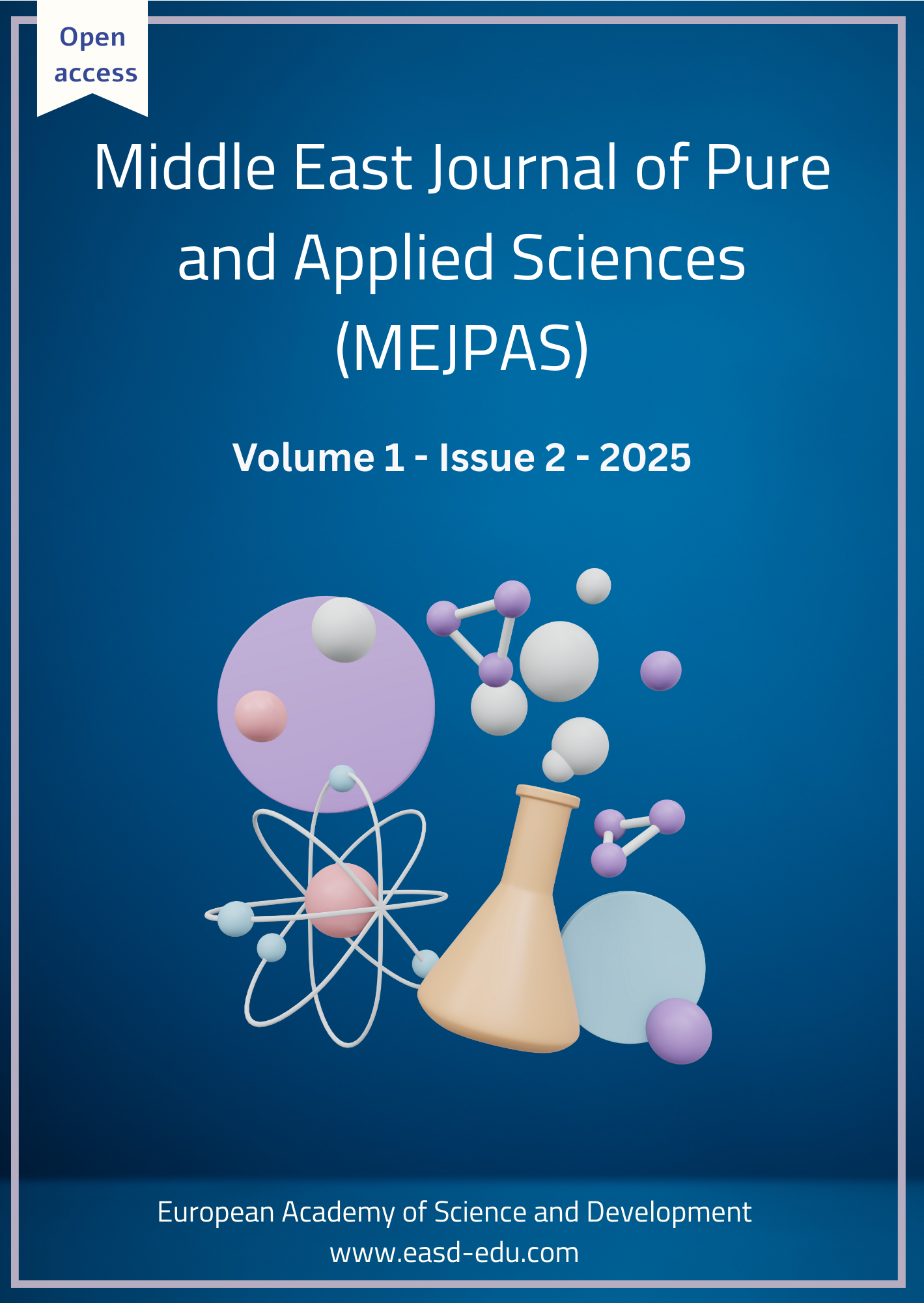Evaluating the Effect of Weather Patterns on Solar PV Using Historical Data in Libya
الكلمات المفتاحية:
Solar Photovoltaic (PV) Performance,، Weather Impacts on Solar Energy، Solar Forecasting, Irradiance and PV Output، Temperature Derating، Dust and Soiling Effects، Machine Learning in Renewable Energy، ERA5 Reanalysisالملخص
Solar energy potential in Libya is high due to abundant sunlight, but weather variability (temperature, humidity, wind, cloud cover, dust) significantly affects photovoltaic (PV) output. We review studies on environmental effects (e.g. high temperatures and dust reduce efficiency) and present a modeling analysis using public climate datasets (ERA5, NASA/POWER) to quantify these impacts. Using simulated Libyan weather and a fixed-tilt PV model, we train regression and ensemble models (Linear Regression, Random Forest) to predict PV power from irradiance, ambient temperature, humidity, and wind speed. Correlation analysis (Table 1) confirms that irradiance is the dominant factor (correlation ~0.997), while temperature and humidity have weaker but non-negligible effects. Our models achieve high accuracy (Table 2; e.g. R²≈0.995–1.000) in reproducing PV output. These results underscore that weather variability must be accounted for in solar planning for Libya. In particular, high desert temperatures and dust storms can substantially reduce generation, impacting energy security. We discuss implications for grid integration and PV system design in Libya’s renewable energy strategy.






